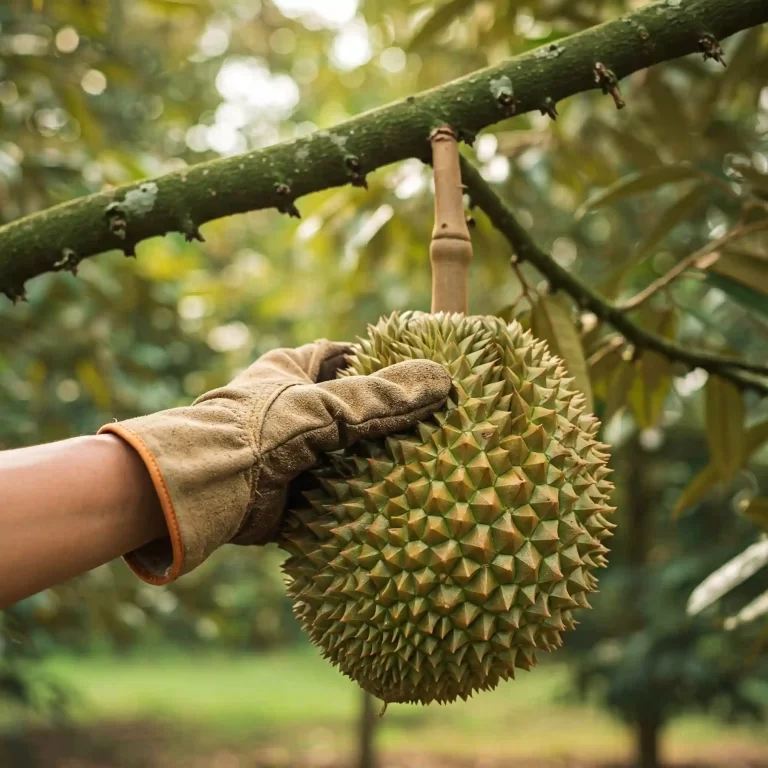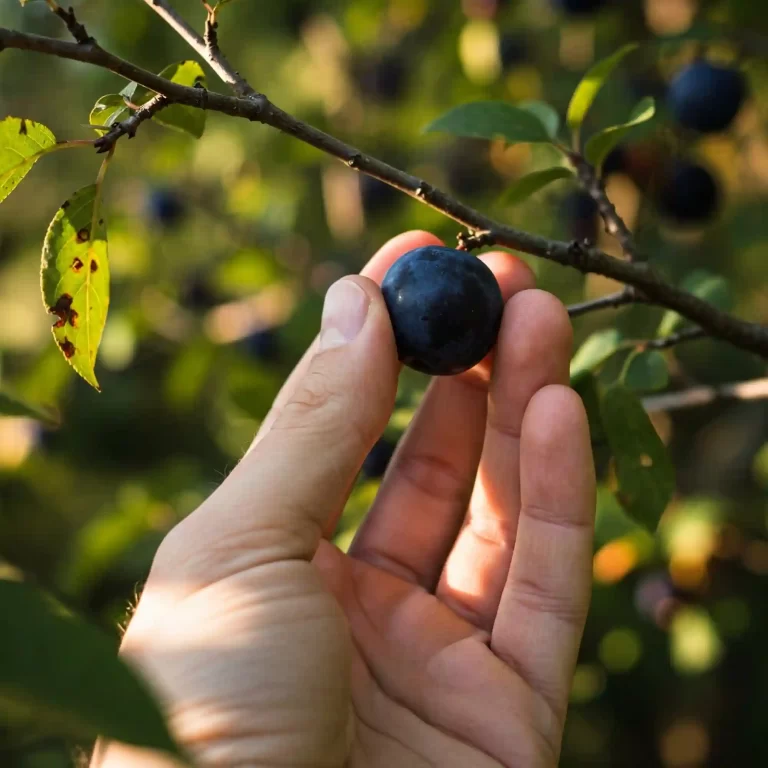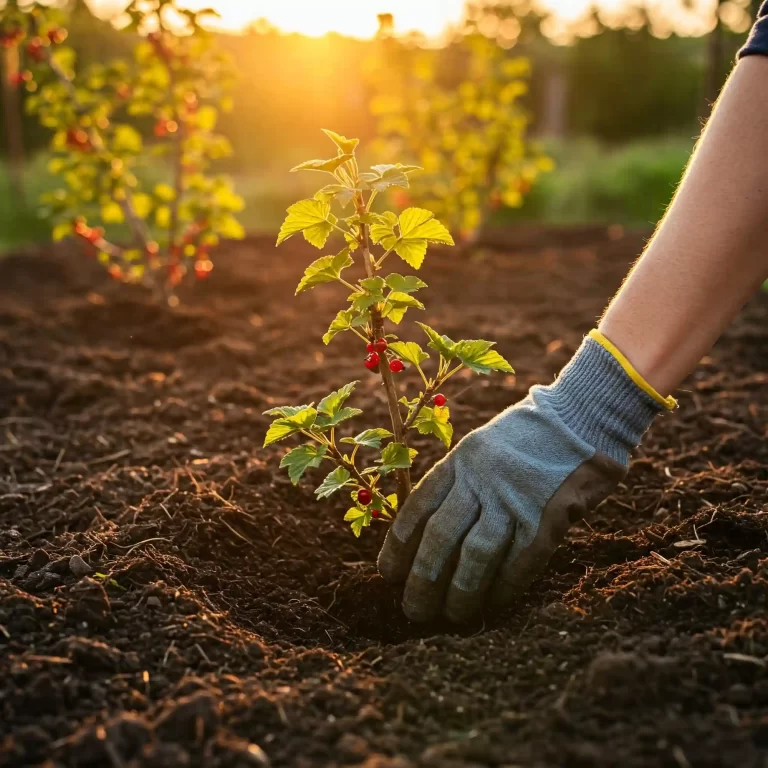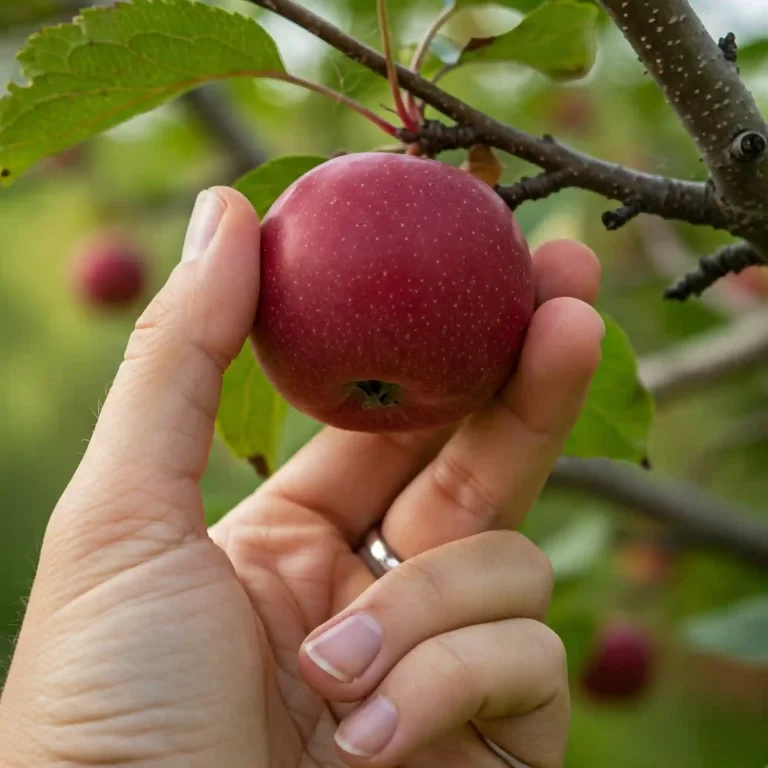| Key Takeaways |
| – Planting flowers can enhance the beauty and value of your garden, but you need to know the best season, month, time of day, location, and practices for each type of flower |
| – Different flowers have different preferences and requirements for temperature, sunlight, rainfall, frost, soil, drainage, wind, pests, etc. |
| – You can use a planting calendar or a guide based on your climate and zone to choose the right flowers for each season and month |
| – You can also optimize your space and create a harmonious garden layout by choosing the best location for each type of flower, whether it is sun, shade, indoors, outdoors, pots, beds, etc. |
| – You can follow the basic steps of planting flowers from seeds, bulbs, or nursery plants and learn the best practices for watering, pruning, fertilizing, mulching, etc. for each type of flower |
| – You can enjoy the beauty and benefits of your flowers by caring for them after planting and ensuring their health and longevity |
Do you love flowers? Do you want to add some color and fragrance to your garden? Do you want to attract butterflies, bees, and birds to your backyard? If you answered yes to any of these questions, then this article is for you.
Planting flowers can be a rewarding and enjoyable hobby that can enhance the beauty and value of your garden. However, it can also be a challenging and frustrating task if you don’t know what you are doing. There are so many types of flowers to choose from, and each one has its own preferences and requirements for growth and blooming.
That’s why we have created this ultimate guide to planting flowers: when, where, and how. In this guide, we will cover everything you need to know about planting flowers in different seasons, months, times of day, locations, and practices. We will also provide you with some tips and tricks on how to choose the right flowers for your garden and how to care for them after planting.
By the end of this article, you will have all the information you need to plant flowers like a pro and enjoy their beauty and benefits for years to come. So let’s get started!
When to Plant Flowers
One of the most important factors that affect the growth and blooming of flowers is timing. You need to know when is the best time to plant different types of flowers in your garden. This depends on several factors, such as temperature, sunlight, rainfall, frost, etc.
In general, there are four seasons that you can plant flowers in: spring, summer, fall, and winter. However, not all flowers are suitable for all seasons. Some flowers prefer warmer temperatures and longer days, while others prefer cooler temperatures and shorter days. Some flowers can tolerate frost and snow, while others cannot.
To help you decide when to plant flowers in your garden, we have prepared a table that shows the best flowers for each season. We have also included some examples of each type of flower. Here is the table:
| Season | Best Flowers | Examples |
|---|---|---|
| Spring | Flowers that bloom early in the year and can withstand frost and cold weather | Tulips, daffodils, crocuses, hyacinths, pansies |
| Summer | Flowers that thrive in warm temperatures and long days and can tolerate drought and heat | Roses, sunflowers, lilies, zinnias, marigolds |
| Fall | Flowers that bloom late in the year and can withstand mild frost and cool weather | Chrysanthemums, asters, dahlias, sedums, ornamental grasses |
| Winter | Flowers that can survive freezing temperatures and snow and add some color to your garden | Hellebores, snowdrops, witch hazel |
Where and How to Plant Flowers
Another important factor that affects the growth and blooming of flowers is location. You need to know where is the best place to plant different types of flowers in your garden. This depends on several factors, such as sun exposure, soil quality, drainage, wind, pests, etc.
In general, there are many locations that you can plant flowers in: sun, shade, indoors, outdoors, pots, beds, etc. However, not all flowers are suitable for all locations. Some flowers need full sun to thrive, while others prefer partial or full shade. Some flowers can grow well in containers, while others need more space and depth. Some flowers can resist pests and diseases, while others are more vulnerable.
To help you decide where to plant flowers in your garden, we have prepared a table that shows the best location for each type of flower. We have also included some examples of each type of flower. Here is the table:
| Location | Best Flowers | Examples |
|---|---|---|
| Sun | Flowers that need at least six hours of direct sunlight per day and can tolerate heat and drought | Lavender, coneflowers, salvia, yarrow, coreopsis |
| Shade | Flowers that need less than four hours of direct sunlight per day and can tolerate cool and moist conditions | Hostas, impatiens, begonias, ferns, bleeding hearts |
| Indoors | Flowers that can grow well in pots or containers and can adapt to indoor environments | Orchids, African violets, peace lilies, cyclamen, anthuriums |
| Outdoors | Flowers that can grow well in the ground or in raised beds and can withstand outdoor elements | Daisies, cosmos, snapdragons, marigolds, poppies |
| Pots | Flowers that have shallow roots and can thrive in small spaces and limited soil | Geraniums, petunias, nasturtiums, calibrachoas, succulents |
As you can see from the table above, different flowers have different preferences and requirements for their location. You can use this table as a guide to choose the best location for each type of flower in your garden. You can also optimize your space and create a harmonious garden layout by mixing and matching different types of flowers in different locations.
However, choosing the right location is not enough. You also need to know how to plant flowers properly. This involves following some basic steps and learning some best practices for each type of flower. Here are some general tips on how to plant flowers:
- Step 1: Prepare the soil. The soil is the foundation of your garden, so you need to make sure it is healthy and fertile. You can do this by testing the pH level, adding organic matter, loosening the soil, removing weeds, etc.
- Step 2: Choose the right plants. The plants are the main attraction of your garden, so you need to make sure they are suitable for your location, season, climate, zone, etc. You can do this by reading the labels, researching online, asking experts, etc.
- Step 3: Plant the flowers. The flowers are the final touch of your garden, so you need to make sure they are planted correctly and securely. You can do this by digging holes, placing the plants, filling the holes, watering the plants, etc.
However, these steps may vary depending on the type of flower you are planting. Some flowers may need more or less soil, water, fertilizer, etc. than others. Some flowers may need special care or attention before or after planting. Some flowers may have specific instructions or recommendations for planting.
To help you learn how to plant different types of flowers in your garden, we have prepared a list of the best practices for each type of flower. We have also included some examples and images of each type of flower. Here is the list:
- How to plant flowers from seeds
- Seeds are the most common way to start new plants from scratch
- Seeds are usually cheaper, easier, and more diverse than other methods
- Seeds can be planted indoors or outdoors, depending on the type of flower
- Some examples of flowers that can be grown from seeds are sunflowers, zinnias, marigolds, cosmos, etc.
- Some best practices for planting flowers from seeds are:
- Choose high-quality seeds from reputable sources
- Check the expiration date and germination rate of the seeds
- Follow the instructions on the seed packet for sowing depth, spacing, timing, etc.
- Use clean and sterile pots, trays, or containers for indoor sowing
- Use well-drained and fertile soil for outdoor sowing
- Keep the soil moist but not soggy until the seeds sprout
- Provide adequate light and warmth for the seedlings
- Thin out or transplant the seedlings when they have two or more true leaves
- Harden off the seedlings before moving them outdoors
- How to plant flowers from bulbs
- Bulbs are the underground storage organs of some plants that contain the embryo of a new plant
- Bulbs are usually more expensive, harder, and less diverse than other methods
- Bulbs can be planted in fall or spring, depending on the type of flower
- Some examples of flowers that can be grown from bulbs are tulips, daffodils, hyacinths, lilies, etc.
- Some best practices for planting flowers from bulbs are:
- Choose healthy and firm bulbs from reputable sources
- Check the size and shape of the bulbs and avoid any that are soft, moldy, or damaged
- Follow the instructions on the bulb package for planting depth, spacing, timing, etc.
- Use well-drained and fertile soil for planting bulbs
- Dig holes that are two to three times deeper than the height of the bulb
- Place the bulb in the hole with the pointed end up and the root end down
- Fill the hole with soil and press it firmly around the bulb
- Water the bulbs well after planting and throughout the growing season
- Apply a layer of mulch over the bulbs to protect them from frost and weeds
- How to plant flowers from nursery plants
- Nursery plants are young plants that have been grown in pots or containers by professional growers
- Nursery plants are usually more convenient, faster, and more reliable than other methods
- Nursery plants can be planted anytime during the growing season, depending on the type of flower
- Some examples of flowers that can be grown from nursery plants are roses, geraniums, petunias, impatiens, etc.
- Some best practices for planting flowers from nursery plants are:
- Choose healthy and vigorous plants from reputable sources
- Check the foliage and roots of the plants and avoid any that are wilted, yellowed, or diseased
- Follow the instructions on the plant tag for planting location, sun exposure, water needs, etc.
- Use well-drained and fertile soil for planting nursery plants
- Dig holes that are slightly larger and deeper than the root ball of the plant
- Remove the plant from its pot or container and gently loosen its roots
- Place the plant in the hole and adjust its height so that it is level with the soil surface
- Fill the hole with soil and press it firmly around the plant
- Water the plant well after planting and throughout the growing season
How to Care for Flowers After Planting
The last but not least factor that affects the growth and blooming of flowers is care. You need to know how to care for different types of flowers after planting them in your garden. This involves following some best practices for watering, pruning, fertilizing, mulching, etc. for each type of flower.
Watering is one of the most essential and frequent tasks that you need to do for your flowers. Watering helps your flowers absorb nutrients, prevent diseases, and cope with stress. However, watering too much or too little can also harm your flowers. You need to know how much and how often to water different types of flowers in your garden.
Pruning is another important and regular task that you need to do for your flowers. Pruning helps your flowers maintain their shape, size, and health. It also encourages new growth and blooming. However, pruning too much or too little can also damage your flowers. You need to know when and how to prune different types of flowers in your garden.
Fertilizing is another beneficial and occasional task that you need to do for your flowers. Fertilizing helps your flowers get extra nutrients, boost their growth and blooming, and improve their quality. However, fertilizing too much or too little can also hurt your flowers. You need to know what and how much to fertilize different types of flowers in your garden.
Mulching is another helpful and seasonal task that you need to do for your flowers. Mulching helps your flowers retain moisture, suppress weeds, moderate temperature, and enrich soil. However, mulching too much or too little can also bother your flowers. You need to know what and how much to mulch different types of flowers in your garden.
To help you learn how to care for different types of flowers after planting them in your garden, we have prepared a list of the best practices for each type of flower. We have also included some examples and images of each type of flower. Here is the list:
- How to care for flowers from seeds
- Flowers from seeds are usually easy and low-maintenance plants that can grow well on their own
- Flowers from seeds are usually annuals or biennials that complete their life cycle in one or two years
- Some examples of flowers from seeds are sunflowers, zinnias, marigolds, cosmos, etc.
- Some best practices for caring for flowers from seeds are:
- Water the flowers regularly but not excessively, especially during dry spells
- Prune the flowers lightly or not at all, unless they are leggy, diseased, or dead
- Fertilize the flowers sparingly or not at all, unless they are poor or hungry
- Mulch the flowers lightly or not at all, unless they are exposed or cold
- How to care for flowers from bulbs
- Flowers from bulbs are usually hardy and long-lasting plants that can survive for many years
- Flowers from bulbs are usually perennials that come back every year with little or no care
- Some examples of flowers from bulbs are tulips, daffodils, hyacinths, lilies, etc.
- Some best practices for caring for flowers from bulbs are:
- Water the flowers moderately but consistently, especially during their active growth and blooming periods
- Prune the flowers moderately but carefully, removing only the faded blooms and leaves after they turn yellow or brown
- Fertilize the flowers moderately but regularly, applying a balanced fertilizer once or twice a year in spring and fall
- Mulch the flowers moderately but generously, applying a thick layer of organic material over the bulbs in fall and winter
- How to care for flowers from nursery plants
- Flowers from nursery plants are usually versatile and adaptable plants that can adjust to different conditions
- Flowers from nursery plants are usually annuals or perennials that vary in their life span and care needs
- Some examples of flowers from nursery plants are roses, geraniums, petunias, impatiens, etc.
- Some best practices for caring for flowers from nursery plants are:
- Water the flowers adequately but appropriately, depending on their water needs and soil drainage
- Prune the flowers adequately but selectively, depending on their growth habit and blooming cycle
- Fertilize the flowers adequately but suitably, depending on their nutrient needs and soil fertility
- Mulch the flowers adequately but sensibly, depending on their temperature tolerance and weed competition
This is where I end my article. I hope you enjoyed reading it and learned something new about planting flowers. I hope you will try out some of the tips and tricks that I shared with you in this article. I hope you will have a beautiful and successful flower garden that will bring you joy and satisfaction.
Thank you for your time and attention. Please feel free to share your feedback or questions with me. I would love to hear from you. Have a great day!





[…] the Hummingbird Falls plant. This plant is a hybrid variety of Salvia guaranitica, a species of flowering plant in the sage family that is native to South America. The Hummingbird Falls plant has dark blue […]
[…] To maintain the plant’s shape and size, you may need to do some occasional pruning and pinching. You can pinch back any leggy or tall stems to encourage bushier growth and prevent the plant from becoming too top-heavy. You can also remove any old or yellowing leaves with clean, sharp shears to keep the plant looking fresh and tidy. Pruning and pinching can also help the plant to produce more leaves and flowers. […]
[…] haze plants are a group of plants that have purple-colored foliage or flowers, and are often grown for their ornamental value and […]
[…] to consider growing busy lizzies, also known as impatiens. These plants are among the most popular flowering plants in the world, and for good reasons. They have bright and cheerful flowers that come in a […]
[…] of nutrients to produce abundant flowers. This is because mandevilla teepee is a fast-growing and flowering plant that consumes a lot of energy and resources, and needs a regular and generous supply of fertilizer […]